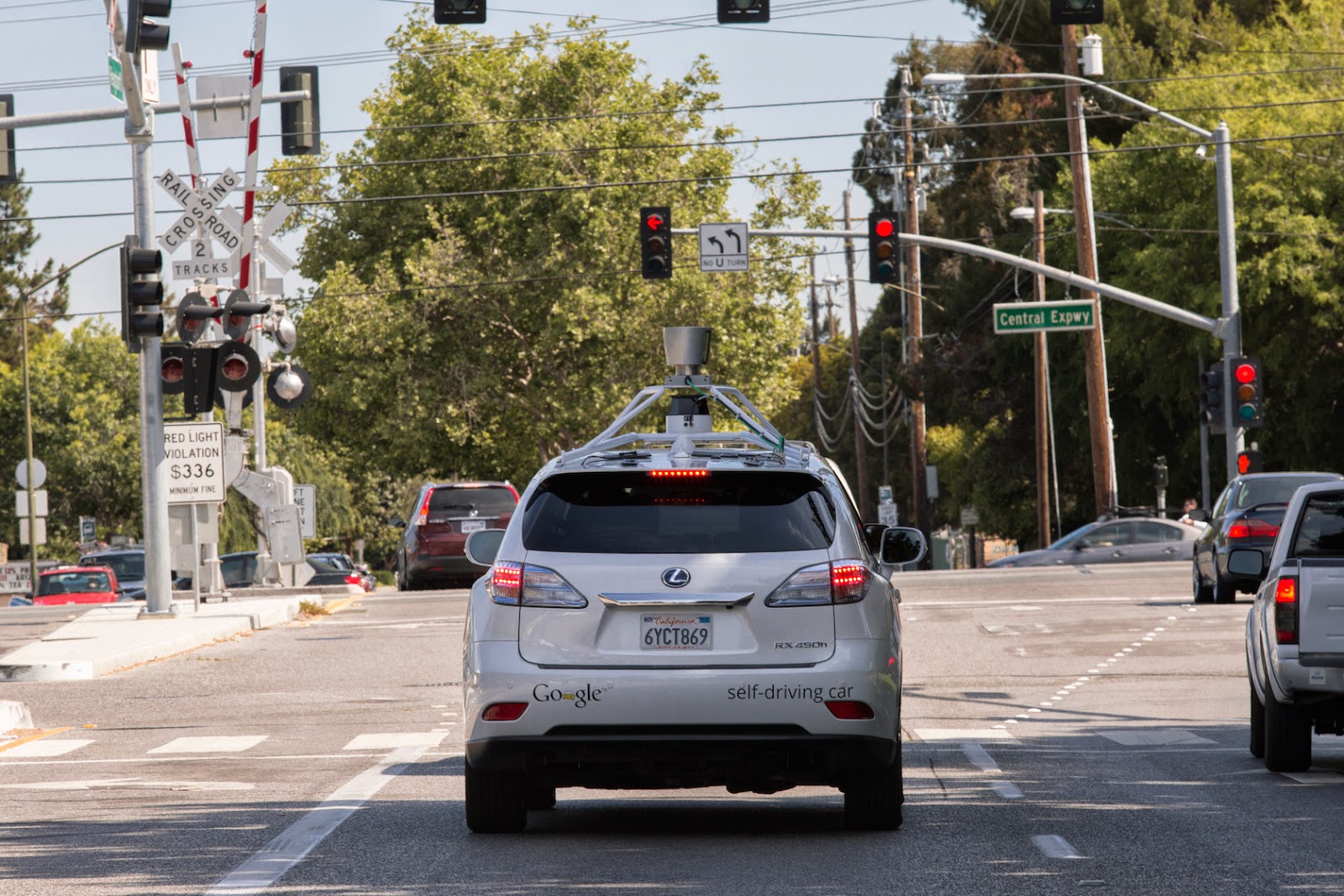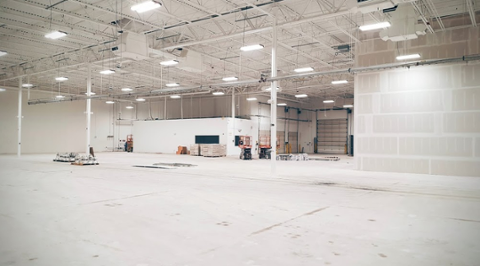 Google has more than 20 self-driving vehicles on the road, collectively averaging 10,000 self-driven miles per week. That’s 1.7 million miles of mostly-autonomous driving over the past six years, and it begs the question: How many accidents have the vehicles been involved in? The answer, apparently, is 11—and Google claims that its self-driving cars caused none of them. “We’ve been hit from behind seven times, mainly at traffic lights but also on the freeway,” Chris Urmson, director of Google’s self-driving car program, wrote in a blog posting on Medium. “We’ve also been side-swiped a couple of times and hit by a car rolling through a stop sign. And as you might expect, we see more accidents per mile driven on city streets than on freeways; we were hit 8 times in many fewer miles of city driving.” There are a few scraps of evidence to back up Google’s claims of ultra-safe robot driving. In May 2014, a spokesperson for the Mountain View Police Department told the press that Google’s self-driving cars, which by that point had spent a year cruising the roads of Mountain View, had never been cited in an accident. (But that doesn’t mean Google’s cars hadn’t been involved in fender-benders, which account for the majority of accidents yet often go unreported to police.) Google has spent the past few years training its driving software to recognize hundreds of objects and common traffic situations, whether bicyclists or train crossings. While its self-driving cars seem pretty adept at handling suburban streets and freeways (and it isn’t alone on that front; Tesla vehicles, for example, can reportedly navigate highways between certain points pretty much on autopilot), it remains to be seen how well they’d do in an ultra-chaotic traffic situation, such as a metropolitan downtown during rush hour.
Google has more than 20 self-driving vehicles on the road, collectively averaging 10,000 self-driven miles per week. That’s 1.7 million miles of mostly-autonomous driving over the past six years, and it begs the question: How many accidents have the vehicles been involved in? The answer, apparently, is 11—and Google claims that its self-driving cars caused none of them. “We’ve been hit from behind seven times, mainly at traffic lights but also on the freeway,” Chris Urmson, director of Google’s self-driving car program, wrote in a blog posting on Medium. “We’ve also been side-swiped a couple of times and hit by a car rolling through a stop sign. And as you might expect, we see more accidents per mile driven on city streets than on freeways; we were hit 8 times in many fewer miles of city driving.” There are a few scraps of evidence to back up Google’s claims of ultra-safe robot driving. In May 2014, a spokesperson for the Mountain View Police Department told the press that Google’s self-driving cars, which by that point had spent a year cruising the roads of Mountain View, had never been cited in an accident. (But that doesn’t mean Google’s cars hadn’t been involved in fender-benders, which account for the majority of accidents yet often go unreported to police.) Google has spent the past few years training its driving software to recognize hundreds of objects and common traffic situations, whether bicyclists or train crossings. While its self-driving cars seem pretty adept at handling suburban streets and freeways (and it isn’t alone on that front; Tesla vehicles, for example, can reportedly navigate highways between certain points pretty much on autopilot), it remains to be seen how well they’d do in an ultra-chaotic traffic situation, such as a metropolitan downtown during rush hour. Google Software: Safer Than Human Drivers?
 Google has more than 20 self-driving vehicles on the road, collectively averaging 10,000 self-driven miles per week. That’s 1.7 million miles of mostly-autonomous driving over the past six years, and it begs the question: How many accidents have the vehicles been involved in? The answer, apparently, is 11—and Google claims that its self-driving cars caused none of them. “We’ve been hit from behind seven times, mainly at traffic lights but also on the freeway,” Chris Urmson, director of Google’s self-driving car program, wrote in a blog posting on Medium. “We’ve also been side-swiped a couple of times and hit by a car rolling through a stop sign. And as you might expect, we see more accidents per mile driven on city streets than on freeways; we were hit 8 times in many fewer miles of city driving.” There are a few scraps of evidence to back up Google’s claims of ultra-safe robot driving. In May 2014, a spokesperson for the Mountain View Police Department told the press that Google’s self-driving cars, which by that point had spent a year cruising the roads of Mountain View, had never been cited in an accident. (But that doesn’t mean Google’s cars hadn’t been involved in fender-benders, which account for the majority of accidents yet often go unreported to police.) Google has spent the past few years training its driving software to recognize hundreds of objects and common traffic situations, whether bicyclists or train crossings. While its self-driving cars seem pretty adept at handling suburban streets and freeways (and it isn’t alone on that front; Tesla vehicles, for example, can reportedly navigate highways between certain points pretty much on autopilot), it remains to be seen how well they’d do in an ultra-chaotic traffic situation, such as a metropolitan downtown during rush hour.
Google has more than 20 self-driving vehicles on the road, collectively averaging 10,000 self-driven miles per week. That’s 1.7 million miles of mostly-autonomous driving over the past six years, and it begs the question: How many accidents have the vehicles been involved in? The answer, apparently, is 11—and Google claims that its self-driving cars caused none of them. “We’ve been hit from behind seven times, mainly at traffic lights but also on the freeway,” Chris Urmson, director of Google’s self-driving car program, wrote in a blog posting on Medium. “We’ve also been side-swiped a couple of times and hit by a car rolling through a stop sign. And as you might expect, we see more accidents per mile driven on city streets than on freeways; we were hit 8 times in many fewer miles of city driving.” There are a few scraps of evidence to back up Google’s claims of ultra-safe robot driving. In May 2014, a spokesperson for the Mountain View Police Department told the press that Google’s self-driving cars, which by that point had spent a year cruising the roads of Mountain View, had never been cited in an accident. (But that doesn’t mean Google’s cars hadn’t been involved in fender-benders, which account for the majority of accidents yet often go unreported to police.) Google has spent the past few years training its driving software to recognize hundreds of objects and common traffic situations, whether bicyclists or train crossings. While its self-driving cars seem pretty adept at handling suburban streets and freeways (and it isn’t alone on that front; Tesla vehicles, for example, can reportedly navigate highways between certain points pretty much on autopilot), it remains to be seen how well they’d do in an ultra-chaotic traffic situation, such as a metropolitan downtown during rush hour. 

